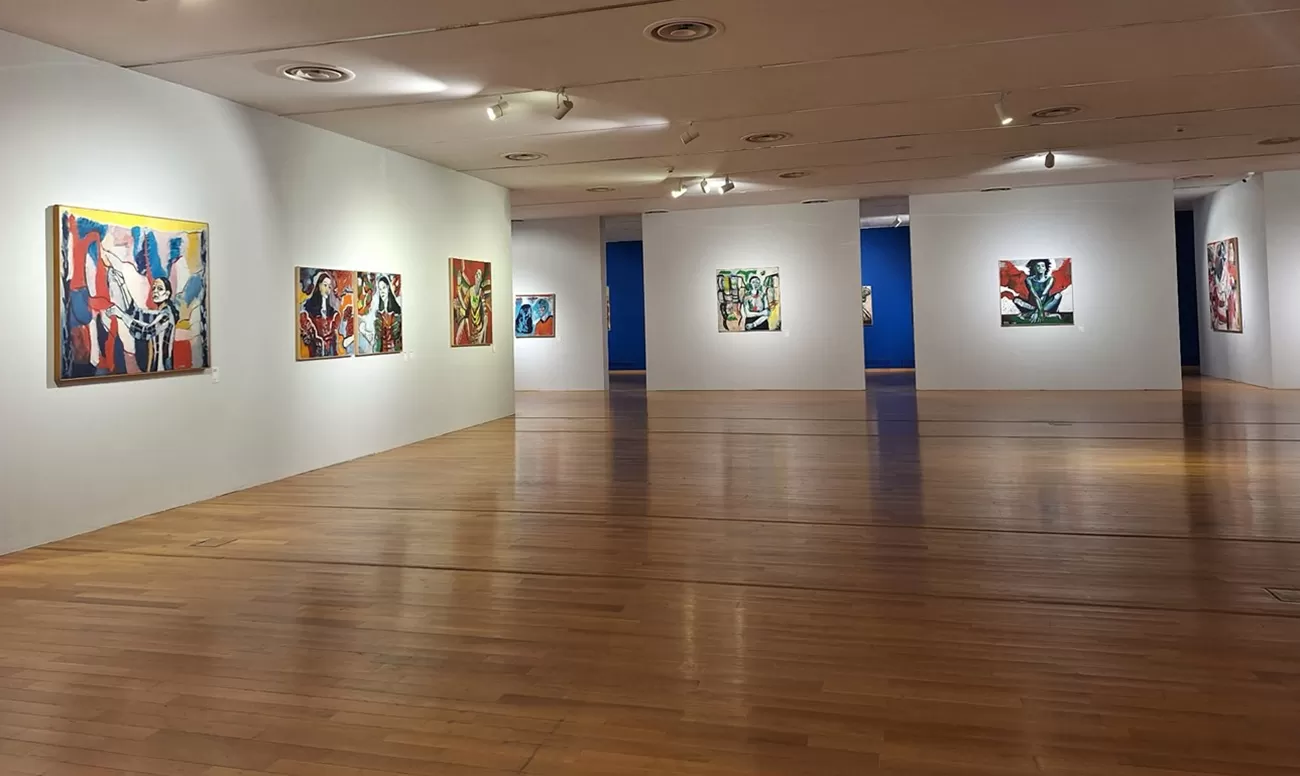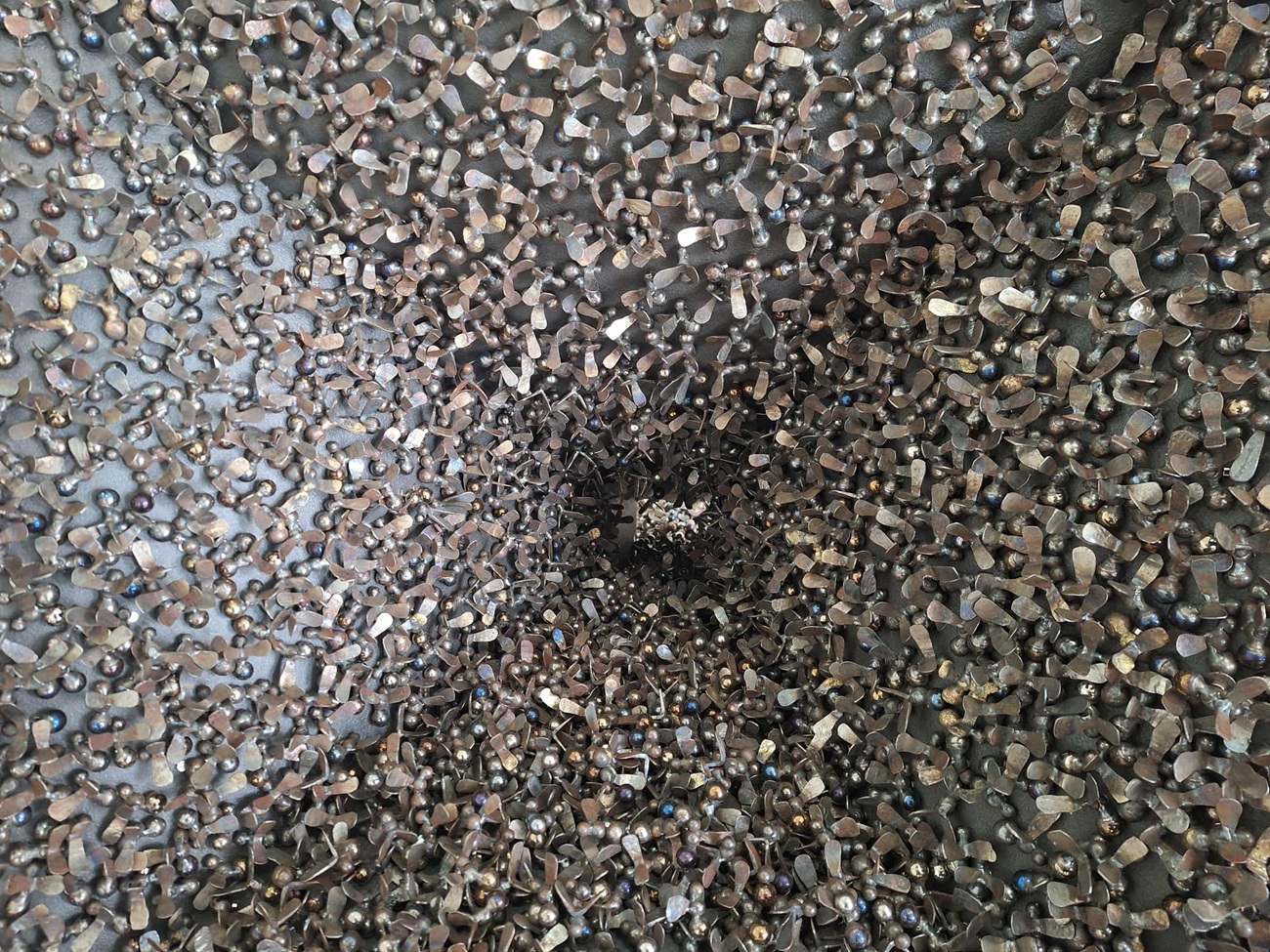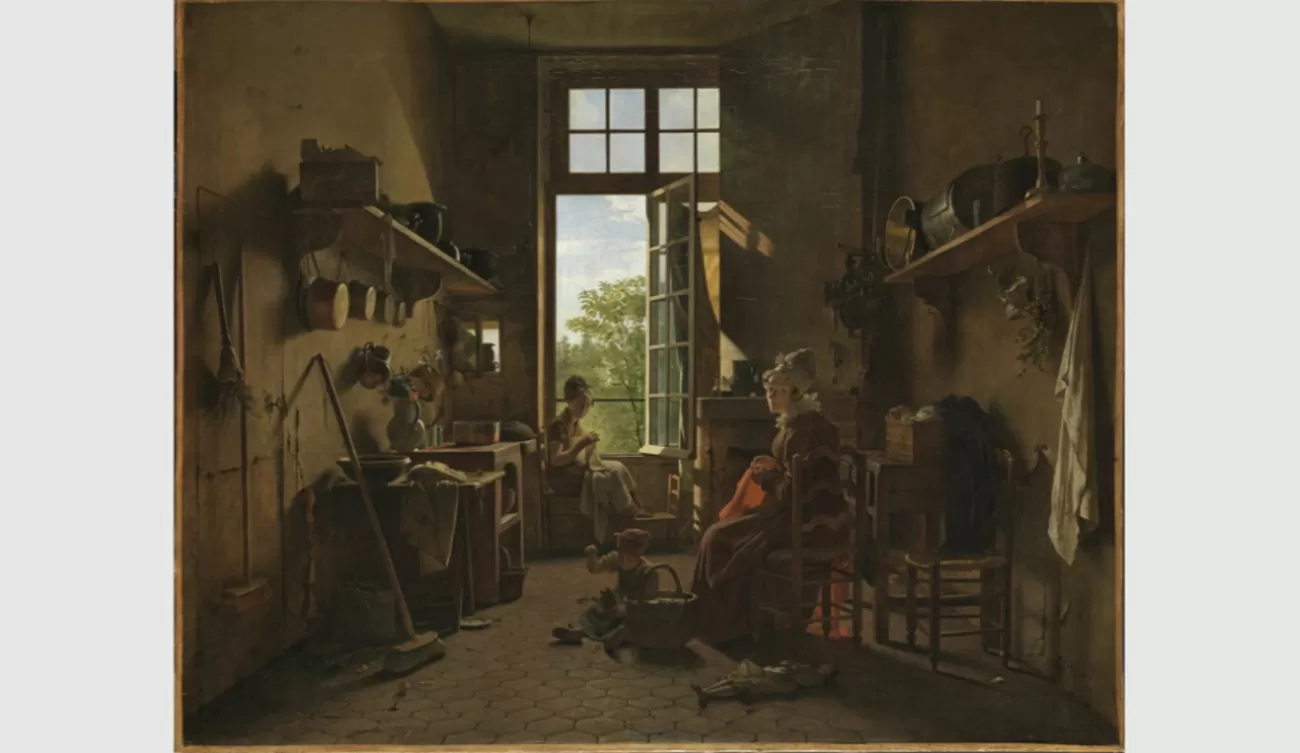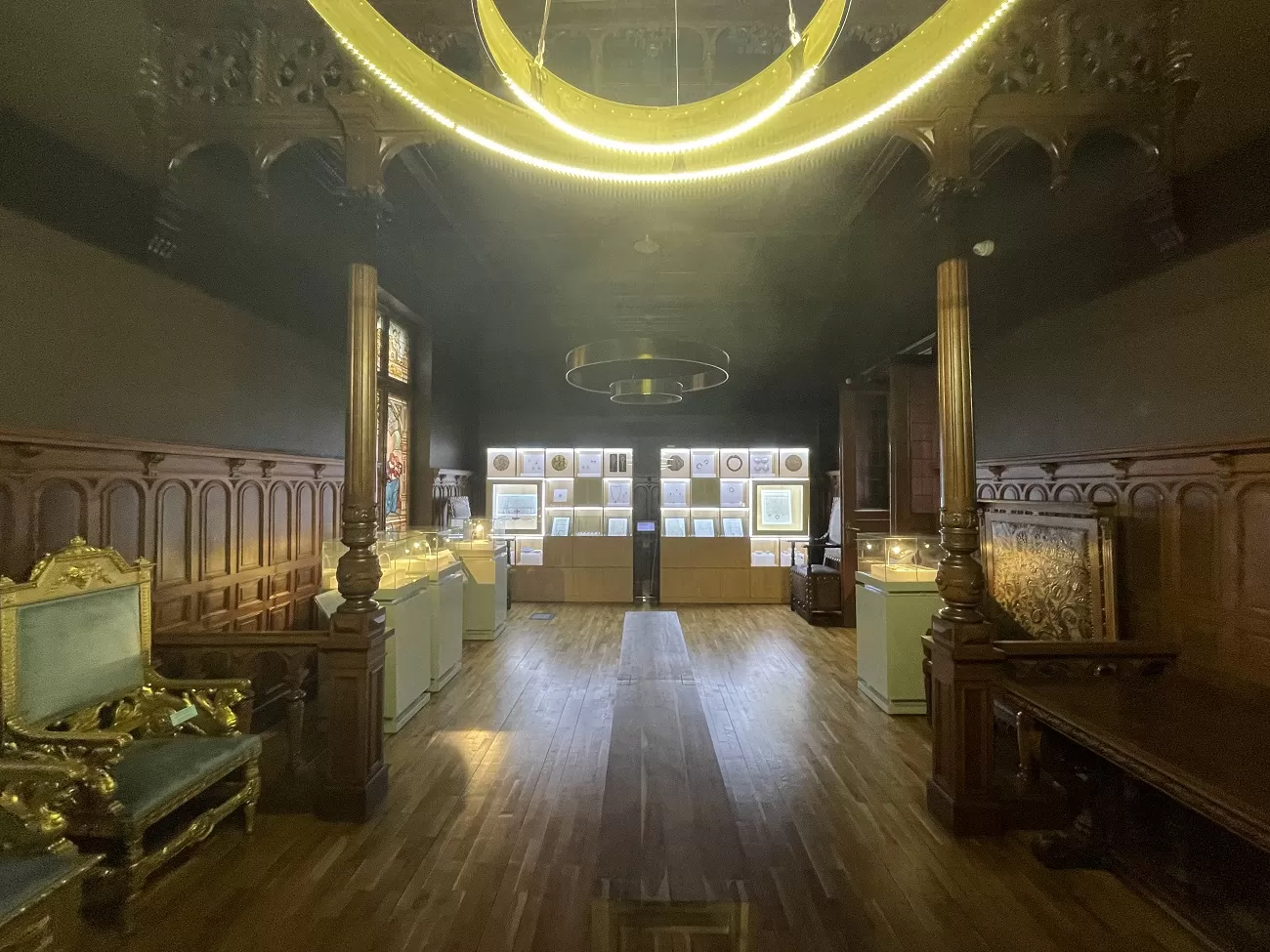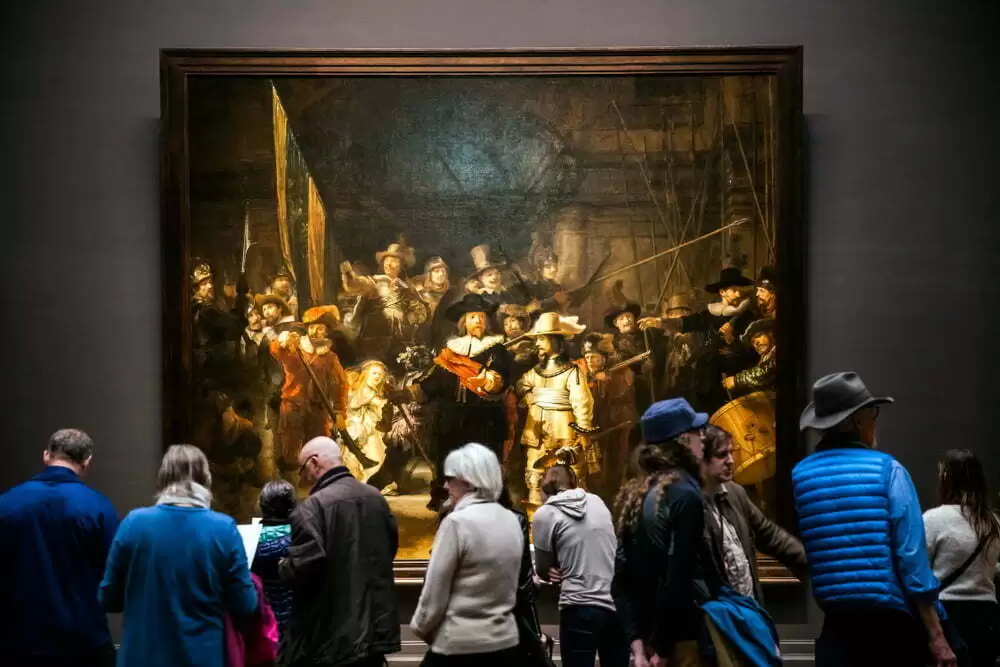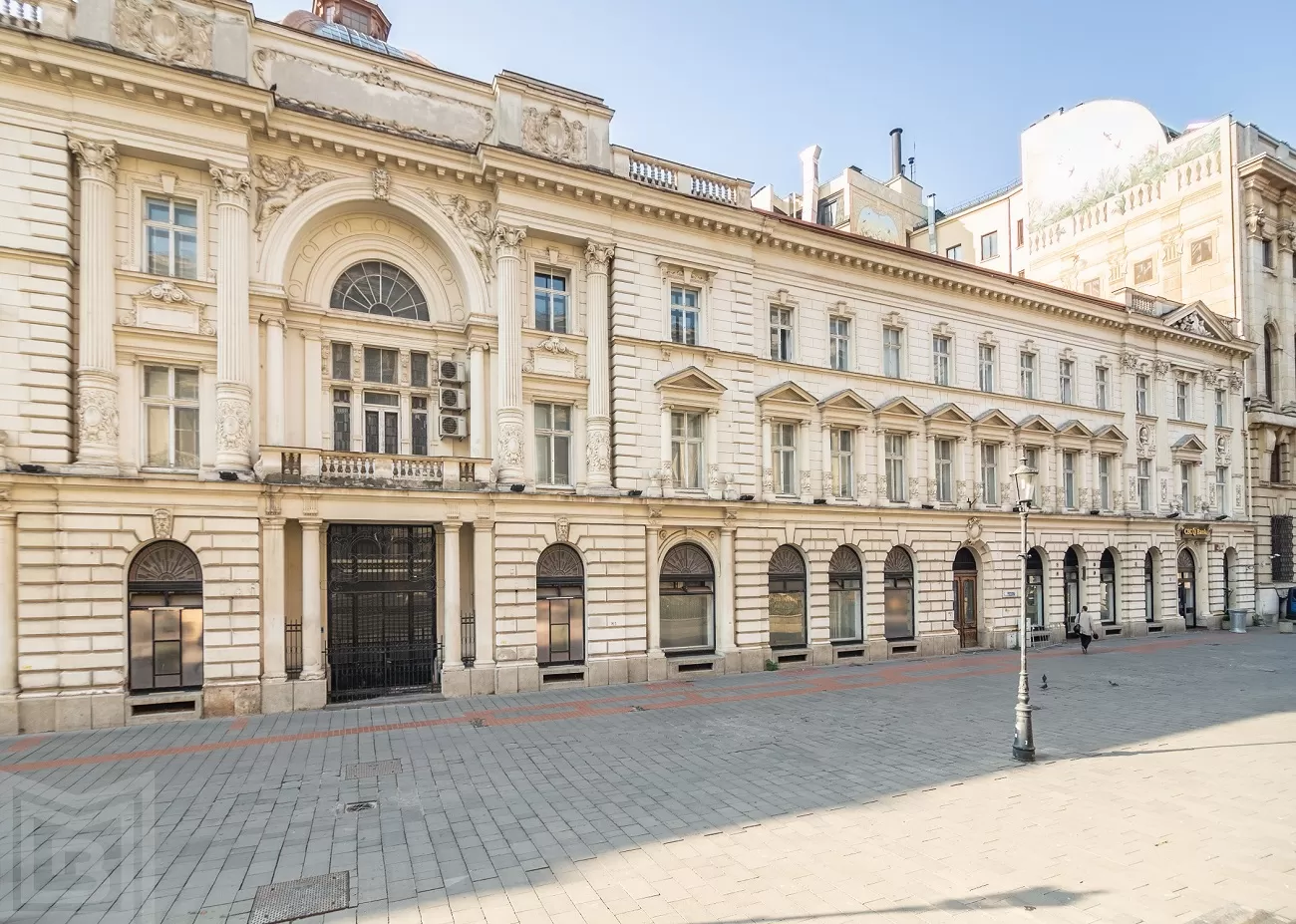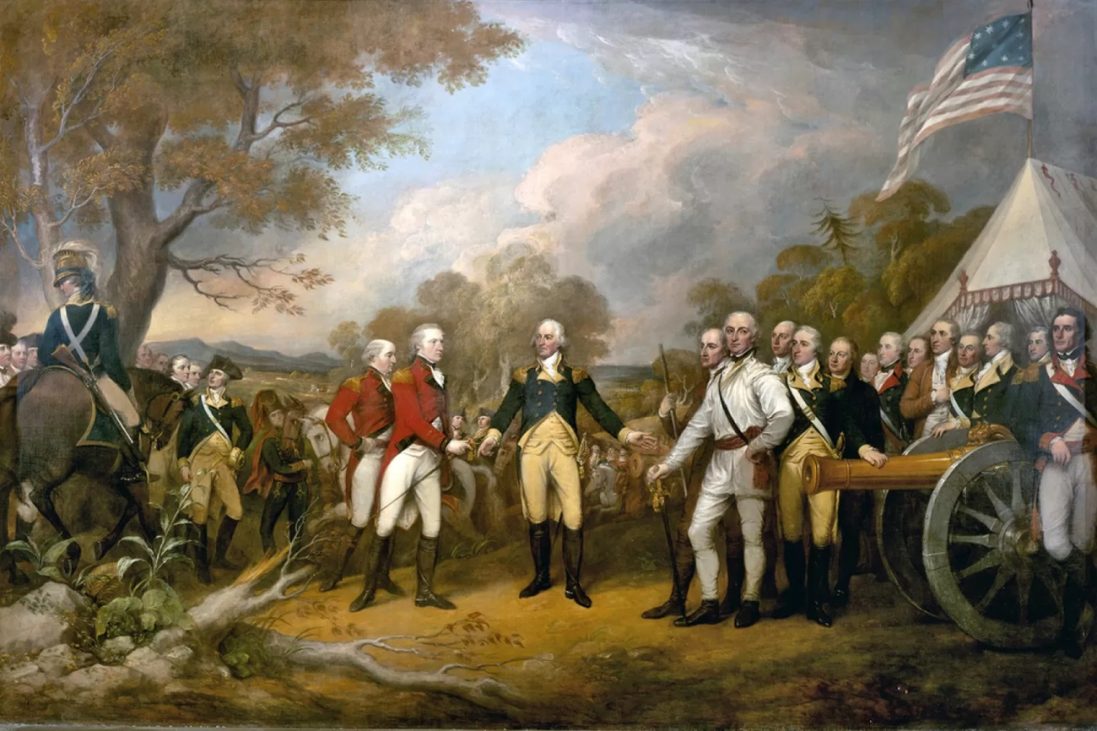
Capitol Hill Collection – Hundreds of works of art, architectural and landscape elements
United States Capitol employees are responsible for the care and preservation of more than 300 works of art, architectural elements, landscape elements and more. The iconic neoclassical architecture of the Rotunda, designed to reflect the ideals of the nation, has long been a fitting backdrop for the American nation’s most important moments. The design of the Capitol Rotunda, conceived by Dr. William Thornton in 1793, has come to symbolize the ideals of democracy, with a dome reminiscent of the grand architecture of ancient Roman temples such as the Pantheon.
Four paintings by John Trumbull in the Rotunda
The Rotunda is not just an architectural creation, but also a repository of the nation’s history. Four major paintings by John Trumbull depict scenes from the American Revolution, such as the Declaration of Independence and George Washington resigning from office. The impressive paintings Surrender of General Burgoyne and Surrender of Lord Cornwallis by John Trumbull were on view for the world to admire during the swearing in of the 47th US President Donald Trump.
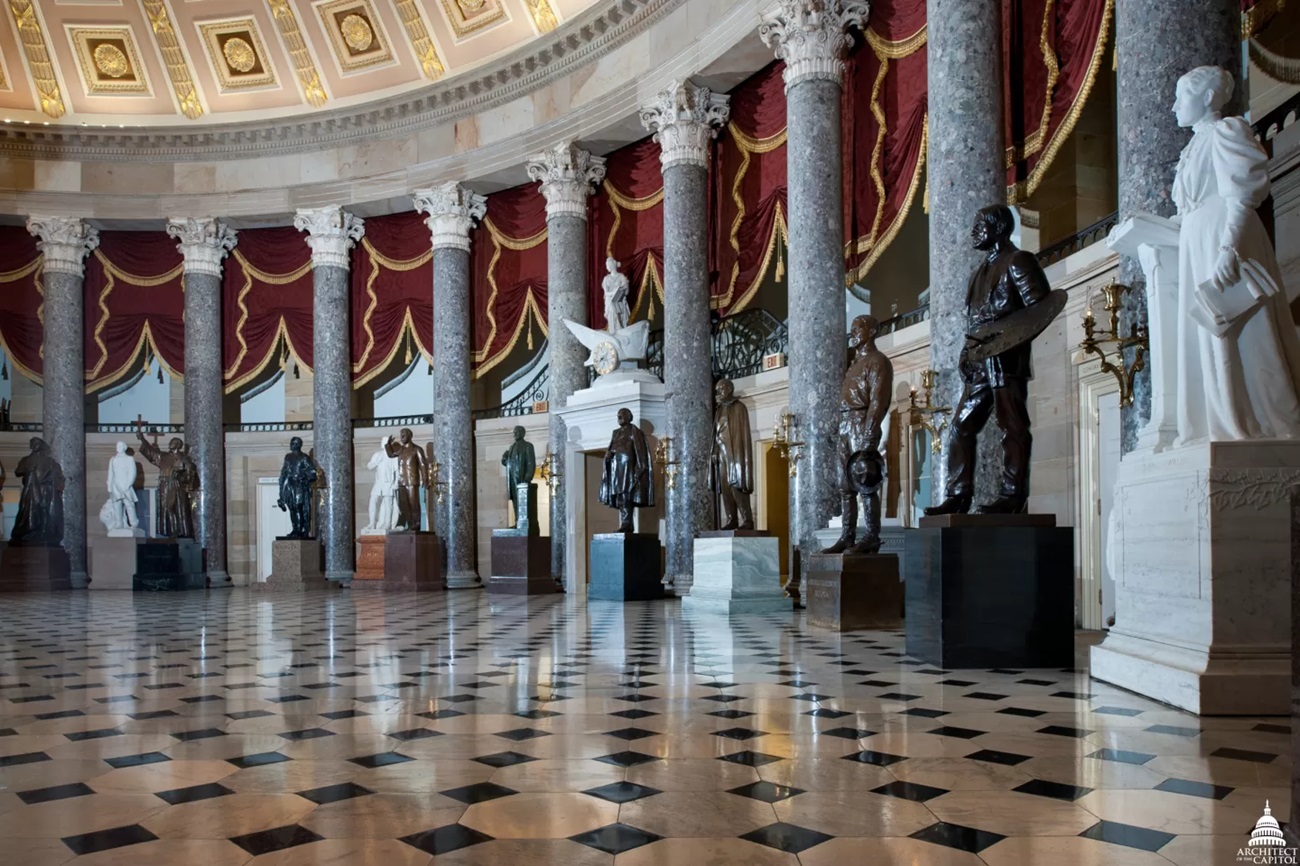
Above these paintings are several relief sculptures of early explorers, including Christopher Columbus and John Cabot. These sculptures are surrounded by dramatic panels depicting key moments in America’s colonial past, such as “Landing of the Pilgrims” and “Preservation of Captain Smith by Pocahontas”. A highlight of the Rotunda is the huge dome, which rises 14 feet above the floor. Between 1855 and 1866, architect Thomas U. Walter enlarged the Rotunda and added the current dome, made of fireproof cast iron. In the dome’s canopy, artist Constantino Brumidi painted “Washington’s Apotheosis” in 1865, an expansive fresco depicting George Washington’s ascent to heaven. The dramatic image of the first president is surrounded by allegorical figures representing virtues such as Liberty and Victory. The rotunda is circular, dome-shaped, located in the center of the second floor of the US Capitol, according to Architect of the Capitol. The hall is 29 feet in diameter and 54 feet high.
History of the US Capitol Rotunda
The US Capitol Rotunda was the idea of Dr. William Thornton, who won a competition to design the US Capitol in 1793. His vision included a rotunda in the center. However, construction of the Capitol Rotunda did not begin until 1818. The delay in construction was due to a multitude of reasons, according to Architect of the Capitol: it was due to limited funds and materials, because the work was sporadic due to the burning of the original Capitol building in 1814 by the British in retaliation during the War of 1812. Although the original conception came from Dr. William Thornton, the U.S. Capitol Rotunda was completed under the direction of Charles Bulfinch, according to Architect of the Capitol. The circular hall, which is adorned with statues and paintings, is used for ceremonial events of the highest importance, including funerals for former politicians and eminent citizens who have made a significant impact. The Capitol Rotunda was one of the areas vandalized during the January 6, 2021 uprising by supporters of Donald Trump, who tried to block the certification of his 2020 defeat to Joe Biden.
Photo credit: Architect of the Capitol, “Surrender of General Burgoyne,” by John Trumbull





